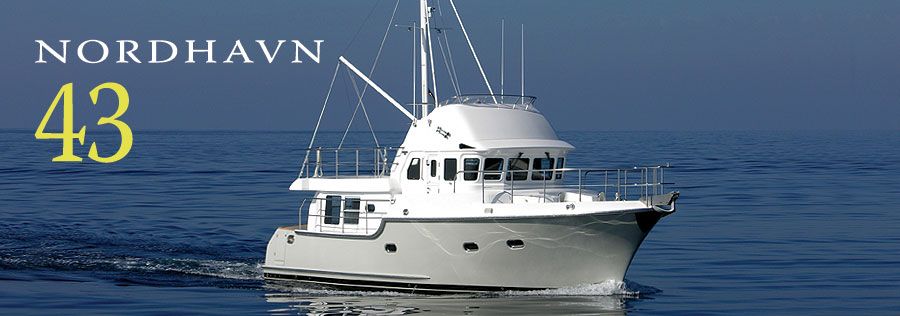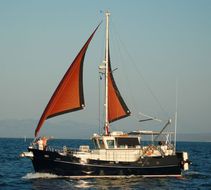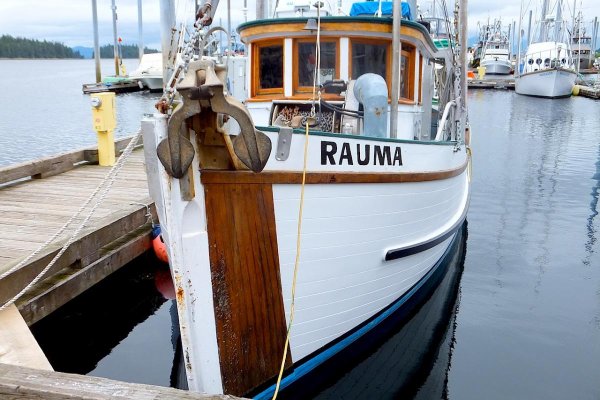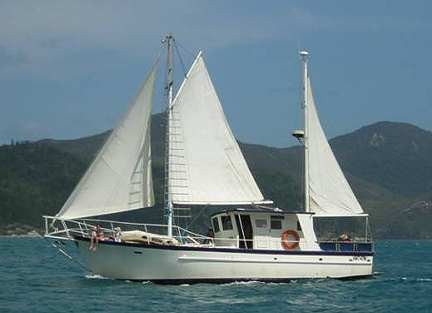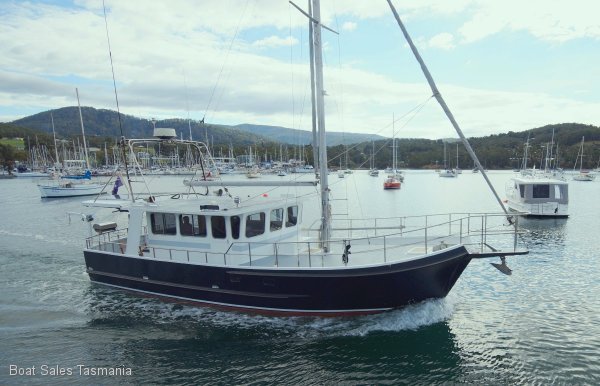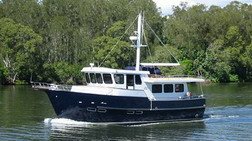4 miles per gallon = 875 gallons for 3,500 miles. With 10% reserve = 962.5 gallons X 7 lbs (diesel) = 6,737'5 lbs.
Seems to me that many types of good construction very seaworthy boats could be outfitted for long distances. If better than 4 mpg could be averaged... then all the easier.
Seems to me that many types of good construction very seaworthy boats could be outfitted for long distances. If better than 4 mpg could be averaged... then all the easier.

